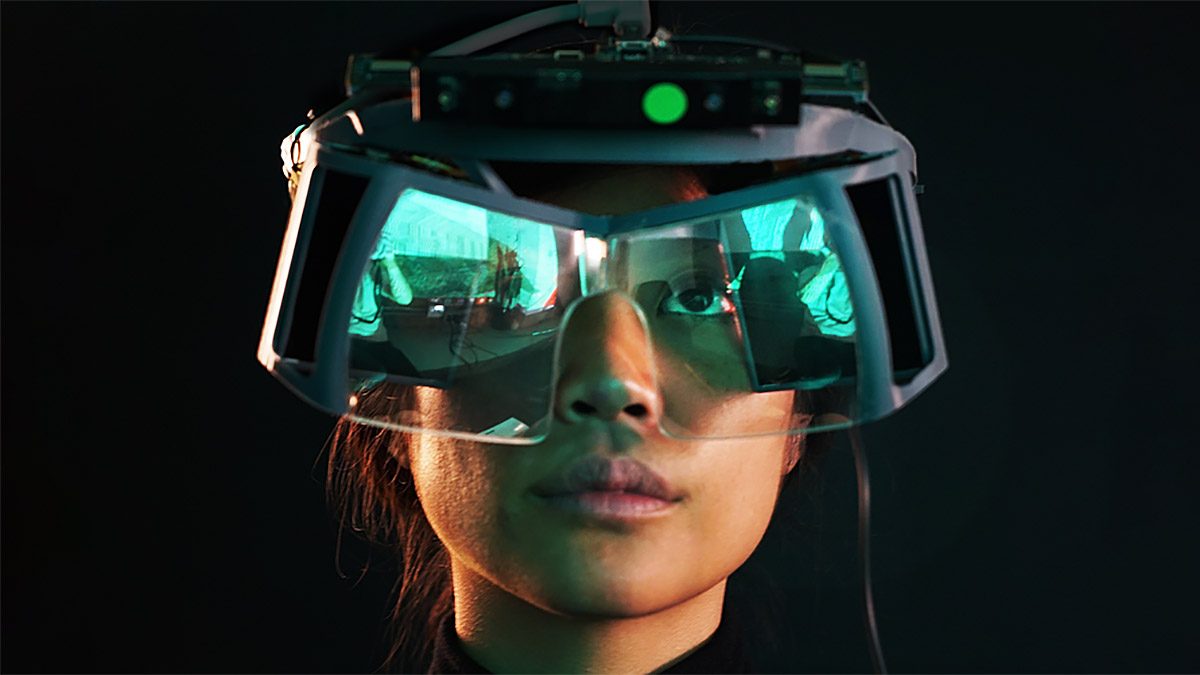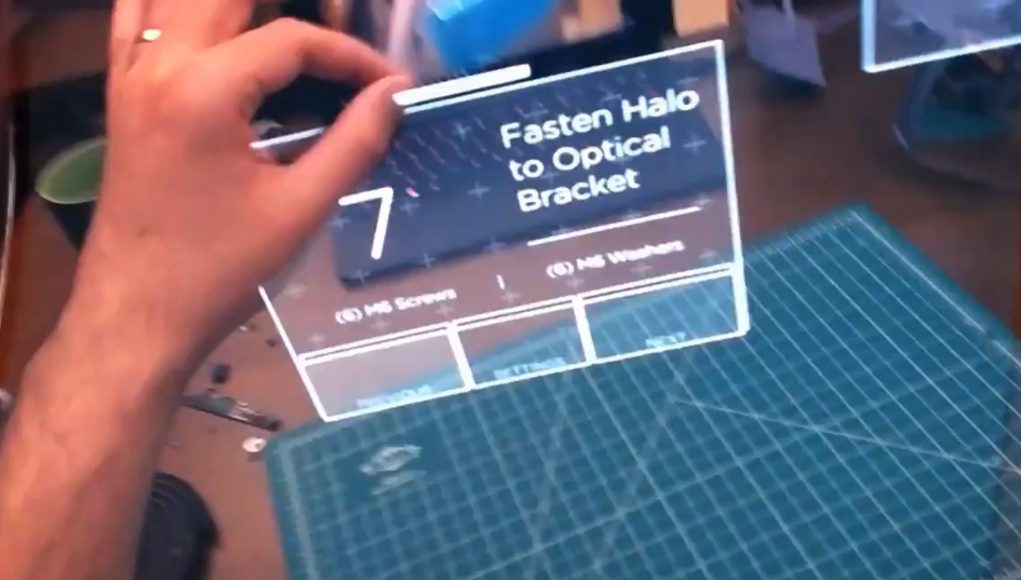Leap Motion, the company behind the hand-tracking depth sensor, recently tweeted out another through-the-headset view of a prototype UI, this time centered on how some simple elements might work in the “augmented office” of the near future.
Using the company’s prototype dev kit, dubbed Project North Star, Leap Motion serves up another host of interesting design concepts. Keeping the user interface fairly muted until it’s needed, the company shows how a ‘minimized’ AR element like an event reminder could hide in plain sight.
Another day at the augmented office. Our latest foray into #AR design with #ProjectNorthStar makes your entire world interactive. pic.twitter.com/SB8SNidbCG
— LeapMotion (@LeapMotion) April 24, 2018
By moving your hand closer to the small white bar, which is projected to appear on the edge of a desk, you can produce a 2D window, pick it up, place it in mid-air, and even lay it down flat on a desk. Notably, the windows appear to have a ‘weightiness’ about them that make them appear more natural in the environment.
The company says everything in the video “is filmed directly through the headset. Zero trickery.”
“Right now our work in AR is extremely early, and there are many steps between prototyping and product,” the company said in a follow-up tweet. “We’re interested in inclusive design and accessibility, but given that we don’t plan on releasing our own headset, in the context of this project it would be a dead end.”

First revealed earlier this month, the Project North Star AR headset boasts a 100 degree field of view, low latency, and high-resolution. Leap Motion plans to open-source the design of the device, saying that such a headset could cost “under $100 dollars to produce at scale.”







